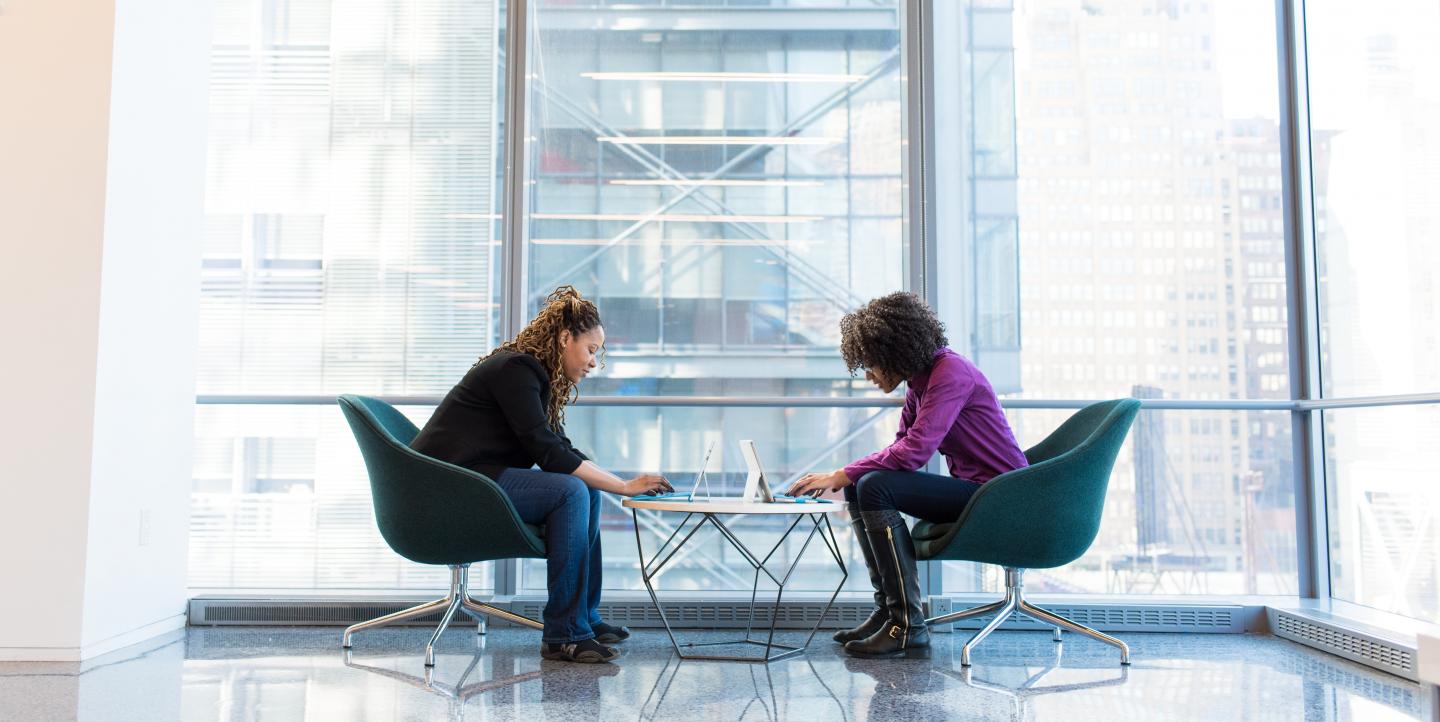Women journalists face a unique set of obstacles on the job, especially when reporting in conflict zones and hostile environments. Their physical and mental safety can be at heightened risk, and often news outlets don’t do enough to support.
Teresa Rehman, an award-winning print journalist and author based in northeast India, and broadcast journalist, Amaka Okoye, who focuses on conflict and crisis reporting in Nigeria, shed light on their own reporting experiences as women during a recent ICFJ Global Health Reporting Forum webinar.
“Because you are a female, anything can happen to you,” said Rehman. “I’m constantly flirting with danger.”
Women in journalism
Many media outlets do not cater to the needs of women journalists, said Rehman. “There are no provisions of maternity leave [in many media organizations or] even a separate toilet for women,” she explained, adding that she always carries a grab-bag with essentials for reporting just in case.
When it comes to reporting in conflict zones, people ask how women do it without fearing for their safety, said Okoye. “I don’t have a formula. It’s a question of you hitting the ground and finding yourself doing it. If you are called to do this, you will find yourself doing it.”
Okoye sometimes reports from areas of Nigeria controlled by the militant group Boko Haram. “If I think of the danger, I will shrink — I will be crippled, literally. I won’t be able to get the work done. Things go wrong sometimes, but somehow we come out alive,” she said. “You are passionate about your work and this is your second nature.”
[Read more: New hub offers support for journalists facing online violence]
Conflict reporting
Rehman recalls learning about how Western media outlets train their journalists for hostile environments, often providing them with bulletproof vests. She, in contrast, has been reporting from a peripheral region that has seen decades of violent insurgency, and no local outlet in India has ever offered her these provisions.
“Women reporting on crises is new to our generation. Wearing a bulletproof jacket was never part of our training and discourse,” she said. “[However], I am bulletproof and journalists like us are bulletproof.” Inspired by this concept, “Bulletproof” is also the name of one of her books.
Conflict can also affect the mental health of journalists reporting on it. This is not talked about enough, Rehman noted. Okoye emphasized the role of therapy in keeping her going and being able to do her job, despite how expensive it can be. Most media organizations also don’t provide it. “If I didn’t [seek help], the harm [would be] enormous.”
[Read more: Online violence against women journalists is intensified by other forms of discrimination, new research finds]
Having a support system
To survive in the news industry, especially during a global pandemic, having a support system is important, urged Rehman. You need an outlet for psychological help, legal support, digital safety and understanding your rights as journalists. “Many journalists died [of COVID-19] in India while doing their duty. We need to have these conversations, so we can think of ways we can support each other,” she added.
The internet is another powerful tool, Rehman said. Mobile journalism, too, has been a game changer, helping to spotlight marginalized voices. She started her own online magazine, one focused on solutions journalism which she believes can improve issues of representation in the media. “Journalists are very innovative. We can devise new kinds of support systems; it can be global and ‘glocal.’”
Rehman recommends that women join media organizations and apply for fellowships designed for women — for gender reporting, and to pursue all stories that matter. “Get everything you need in terms of knowledge, in terms of exposure, to be able to deliver,” said Okoye. “Even though you don’t have protection so to speak, you’ve got your book and your pen, and it’s enough.”
Photo by Christina @ wocintechchat.com on Unsplash.


